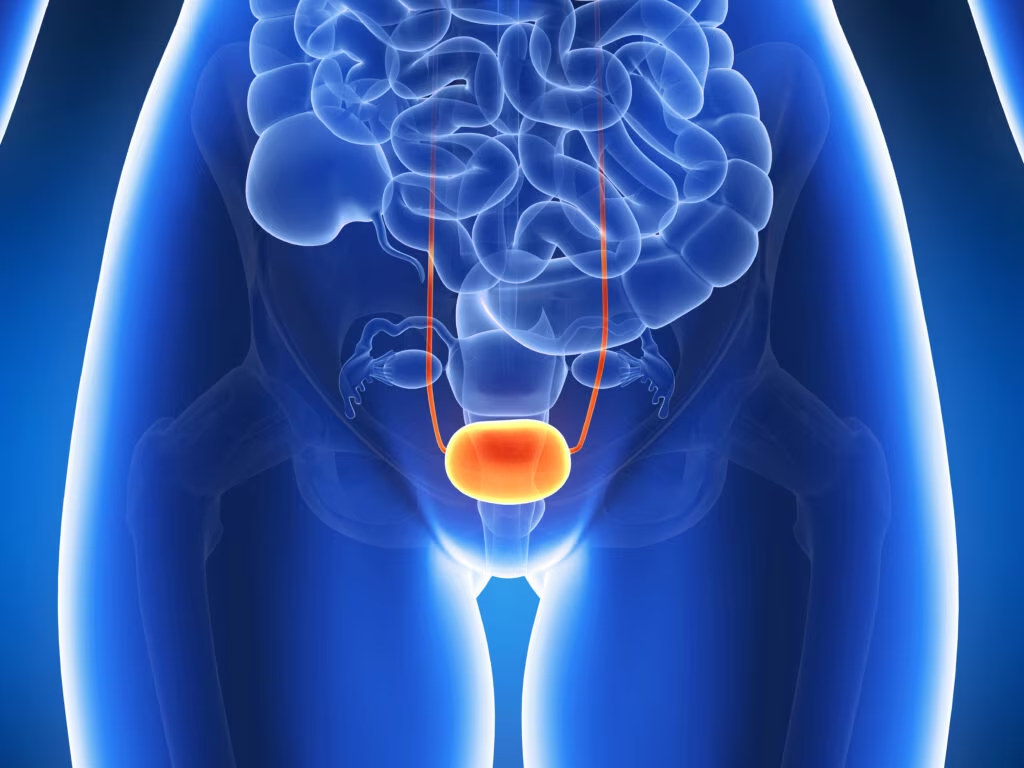Welcome to the summer edition of US Endocrinology. In this issue we present authoritative, up-to-date information on a wide range of salient topics. The pandemic of obesity is driving the diabetes epidemic across the globe, with developing countries especially bearing the brunt of this epidemic. We open with an editorial from Malkin-Washeim and Vogliano, where they discuss how the association of poverty and food insecurity is going to adversely impact the diabetes epidemic. This is followed by an interesting commentary highlighting both the pros and cons of the use of the ketogenic diet in managing diabesity. The authors play the devil’s advocate, and try to present a middle ground with regards to the use of the ketogenic diet.
We present four original articles addressing four different issues of diabetes care and metabolism. The first article provides a cost analysis of flash continuous glucose-monitoring devices versus self-monitoring of blood glucose in people on intensive insulin regimens. The second study presents real-world efficacy and safety data of voglibose, an alpha-glucosidase inhibitor commonly used for managing diabetes in South Asia. The third study addresses the difficult topic of dietary practices during different religious fasts in people with type 2 diabetes from India; a better understanding of such practices would help the doctor fine-tune treatment regimens to prevent glycemic variability during religious fasts. The final study in this section highlights the impact of abnormal eating behaviors on body mass index and waist–height ratio in university students.
Case studies are a valuable means of highlighting less common endocrine conditions. Nor et al. reports diagnostic and management issues in two families with non-autoimmune familial hyperthyroidism due to germline-activating mutations in the thyrotropin receptor gene. Rutkowski et al. discuss management issues in an adolescent girl diagnosed with acromegaly due to McCune–Albright Syndrome.
US Endocrinology would like to thank all our expert authors who gave their time and effort to produce an insightful selection of articles. We are grateful to the members of our Editorial Board for their continued involvement and advice. Thanks also goes to all organizations and society partners for their ongoing support. We hope that you will find this edition of US Endocrinology an enjoyable and informative read.
Deep Dutta
Deep Dutta is a Senior Endocrinologist at the Center for Endocrinology Diabetes Arthritis and Rheumatism (CEDAR) Superspecialty Clinics, New Delhi in India. Following his MBBS (in 2005) and MD (in 2009), he completed his Doctorate in Medicine training in endocrinology and metabolism in 2013. He is a fellow of the Royal College of Physicians, Edinburgh, UK, and the American College of Endocrinology (ACE). He has a keen interest in clinical and translational research, having more than 200 research papers published in indexed journals with more than 1,900 citations. He is a postgraduate teacher in diabetes and endocrinology in India, and is a faculty member under the international mentorship program of ACE. He is extensively involved in community services and spreading social awareness for prediabetes and diabetes prevention.











